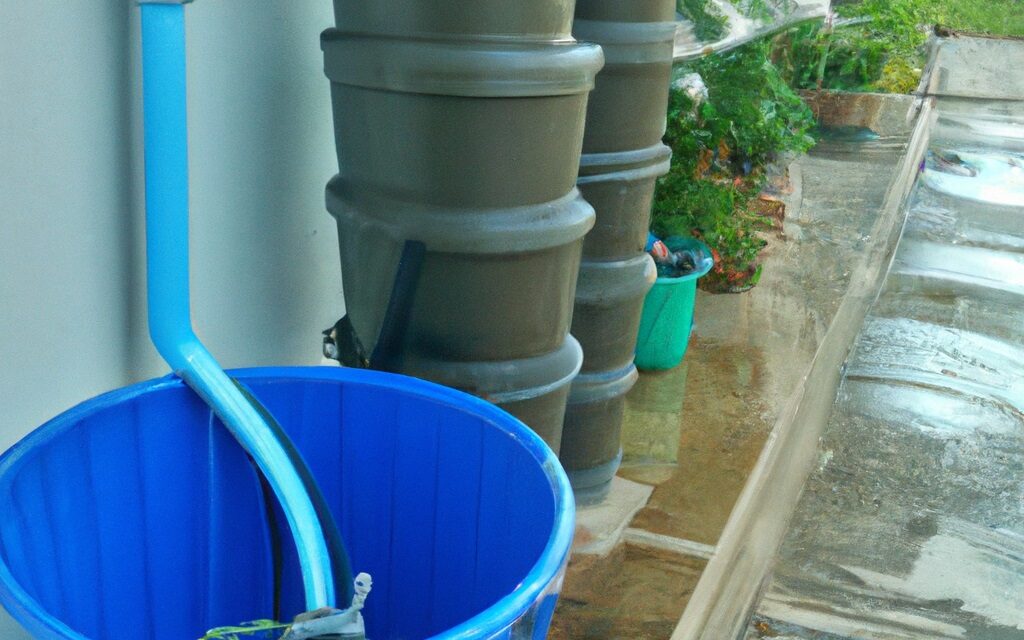In an era where uncertainty looms large and the allure of a simpler, more connected way of life beckons, the concept of self-sustaining living in rural areas has captured the imagination of many. This article delves into the intricacies of rural self-sufficiency, exploring the key principles and practices that empower individuals to cultivate resilience, reduce their ecological footprint, and forge a harmonious relationship with the natural world.
The Pursuit of Autonomy
At the heart of self-sustaining living lies the pursuit of autonomy and the ability to meet one’s basic needs independently. This encompasses a wide range of aspects, from food production and energy generation to water management and waste disposal. By embracing a holistic approach to self-sufficiency, individuals can create a robust and resilient lifestyle that not only provides for their immediate needs but also contributes to the long-term well-being of the environment.
Sustainable Agriculture and Permaculture
One of the cornerstones of rural self-sufficiency is sustainable agriculture. By cultivating a diverse array of crops and raising livestock, individuals can ensure a reliable supply of nutritious, locally-sourced food. Permaculture, a design philosophy that mimics natural ecosystems, offers a framework for creating productive and resilient landscapes. By integrating principles such as companion planting, crop rotation, and agroforestry, permaculture practitioners can optimize land use, enhance soil fertility, and promote biodiversity. Regenerative farming practices, such as no-till methods and cover cropping, further contribute to the health and vitality of the soil, ensuring long-term agricultural sustainability.
Energy Independence and Renewable Sources
Energy independence is another crucial aspect of self-sustaining living. By harnessing renewable energy sources like solar, wind, and hydropower, individuals can significantly reduce their reliance on traditional utility grids. Solar panels, for example, can generate electricity to power homes and farm equipment, while wind turbines can harness the power of the wind to pump water or generate electricity. Micro-hydro systems, which utilize the energy of moving water, can provide a reliable source of power in areas with streams or rivers. By diversifying energy sources and implementing efficient home design and appliance selection, self-sufficient homesteads can minimize their energy demands and reduce their carbon footprint.
Water Management and Conservation
Water management is a critical component of rural resilience, as access to clean and reliable water sources is essential for both human consumption and agricultural purposes. Rainwater harvesting, through the use of cisterns and catchment systems, can capture and store precipitation for later use. Well construction, when done responsibly and in accordance with local regulations, can tap into groundwater reserves. Greywater recycling systems, which recycle water from sinks, showers, and laundry for irrigation purposes, can significantly reduce water consumption. Additionally, implementing water conservation techniques, such as drip irrigation and mulching, can minimize water loss and promote efficient use of this precious resource.
Waste Management and Composting
Effective waste management is another pillar of self-sustaining living. By adopting practices such as composting and vermicomposting, individuals can transform organic waste into nutrient-rich soil amendments. Composting not only diverts waste from landfills but also enhances soil structure, fertility, and moisture retention. Vermicomposting, which utilizes worms to break down organic matter, produces a highly concentrated and biologically active compost known as worm castings. By closing the loop and recycling waste back into the soil, self-sufficient homesteads can minimize their environmental impact and foster a circular economy.
Preparedness and Emergency Skills
Preparedness is a fundamental aspect of rural self-sufficiency, as it equips individuals with the skills and knowledge necessary to navigate challenges and emergencies. Developing a comprehensive emergency preparedness plan, which includes provisions for food, water, shelter, and medical supplies, is essential. Learning basic first aid and CPR can be lifesaving in remote areas where access to medical facilities may be limited. Additionally, acquiring self-defense skills and establishing a network of like-minded individuals can provide a sense of security and support during uncertain times.
Building Community and Resilience
Building a strong sense of community is integral to the success and resilience of self-sustaining rural living. Engaging with neighbors, participating in local events, and sharing knowledge and resources can foster a sense of belonging and mutual support. Community gardens, seed exchanges, and skill-sharing workshops provide opportunities for individuals to learn from one another and collaborate on projects. By cultivating a spirit of cooperation and interdependence, rural communities can weather challenges and thrive together.
The Rewards and Challenges of Self-Sufficiency
While the path to self-sufficiency is not without its challenges, the rewards are immeasurable. Embracing a self-sustaining lifestyle in rural areas offers the opportunity to reconnect with the natural world, cultivate a deeper sense of purpose, and build resilience in the face of uncertainty. It requires a willingness to learn, adapt, and embrace a simpler way of life. By taking responsibility for one’s own needs and working in harmony with the environment, individuals can create a more sustainable and fulfilling existence.
A Call to Action
As we navigate the complexities of the modern world, the call to self-sufficiency grows louder. By embracing the principles and practices outlined in this comprehensive guide, individuals can embark on a transformative journey towards rural resilience. From cultivating the land and harnessing renewable energy to managing water and waste responsibly, each step brings us closer to a more autonomous and environmentally conscious way of life. Through preparedness, community building, and a commitment to ongoing learning, we can create thriving, self-sufficient homesteads that serve as beacons of hope and inspiration for generations to come.
Thriving in Harmony with Nature
In the end, self-sustaining rural living is not just about survival; it is about thriving in harmony with the natural world. It is an invitation to reconnect with the rhythms of the earth, to cultivate a deeper appreciation for the interconnectedness of all things, and to create a legacy of resilience and abundance. By embracing this path, we not only secure our own well-being but also contribute to the healing and regeneration of the planet we call home.









